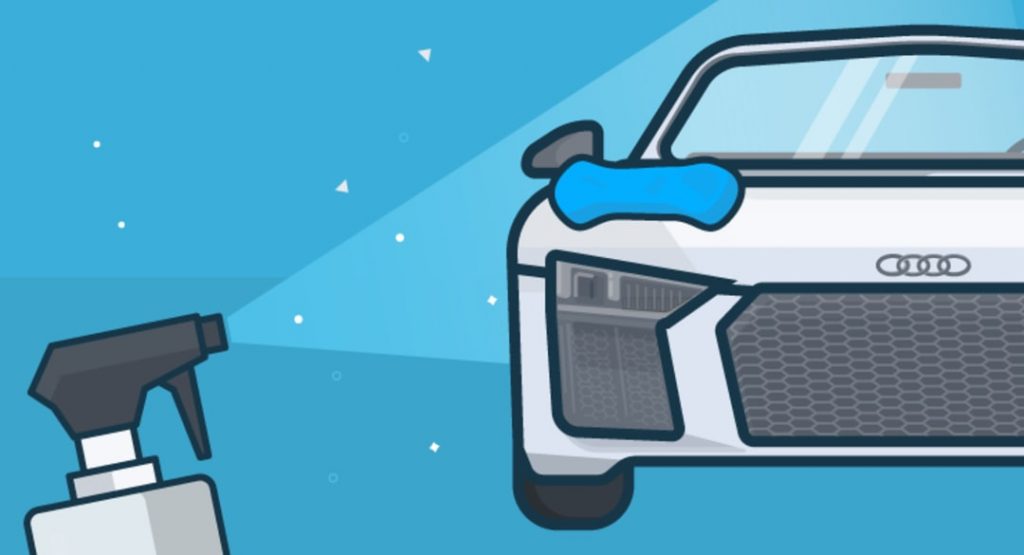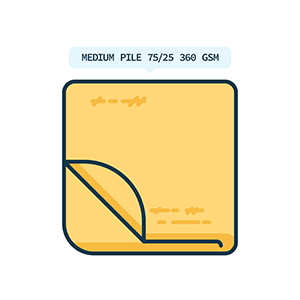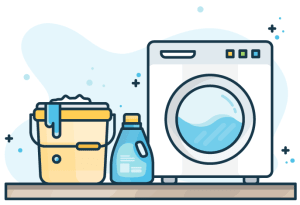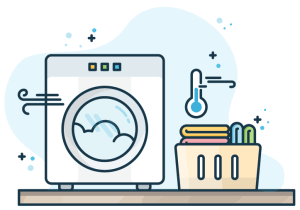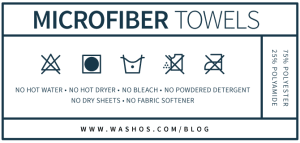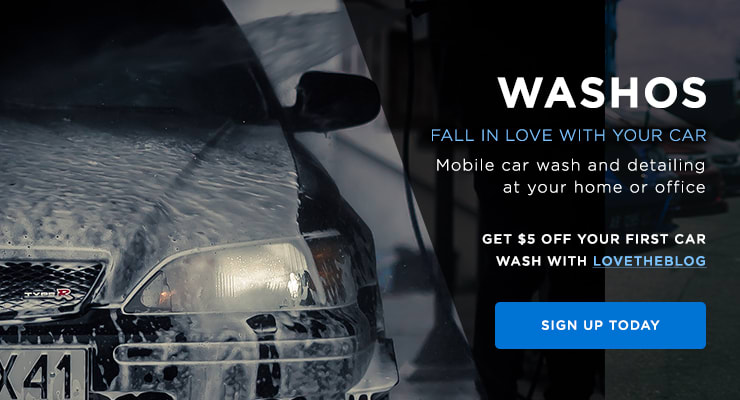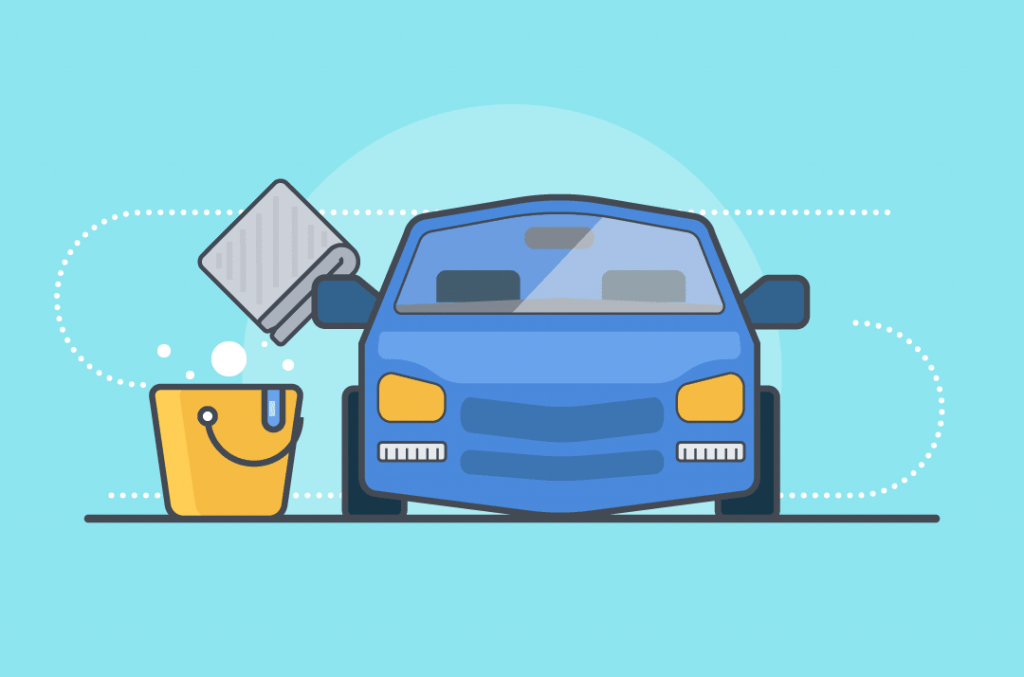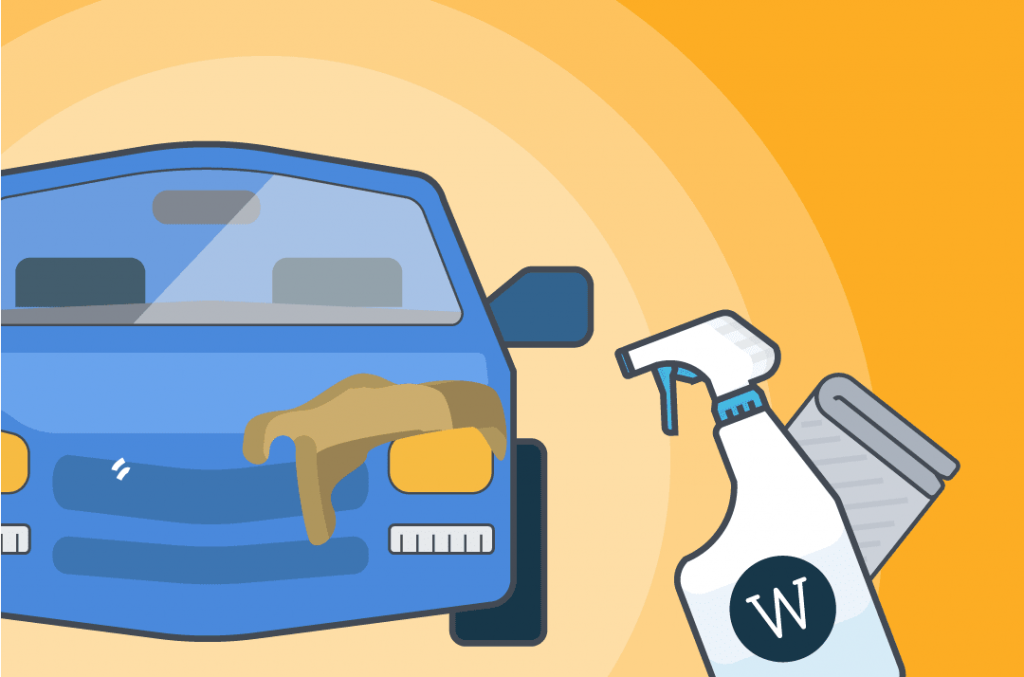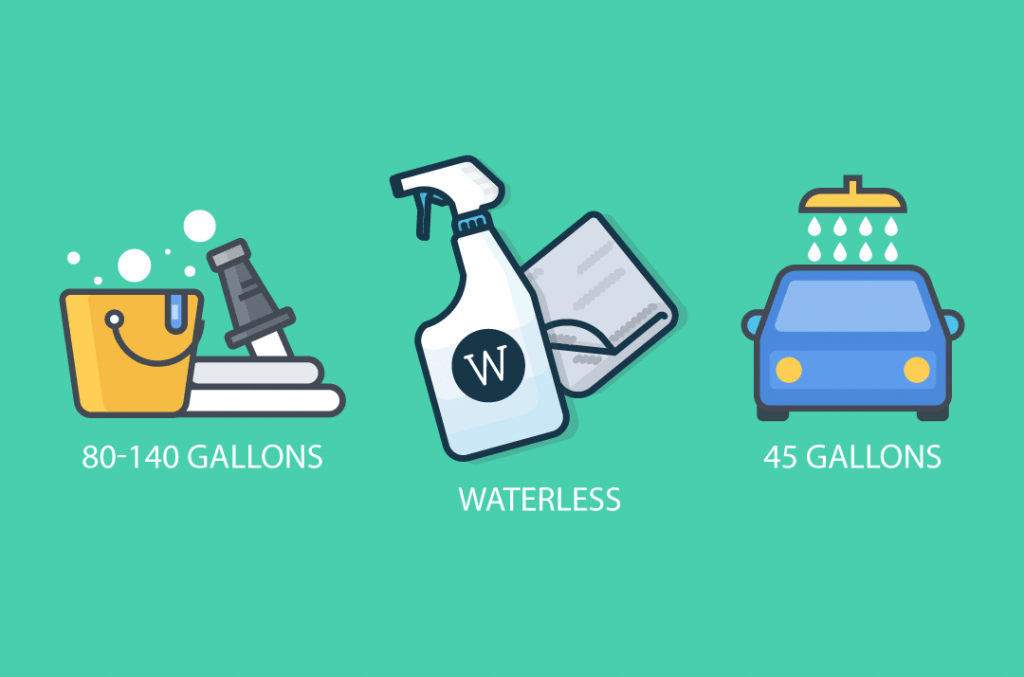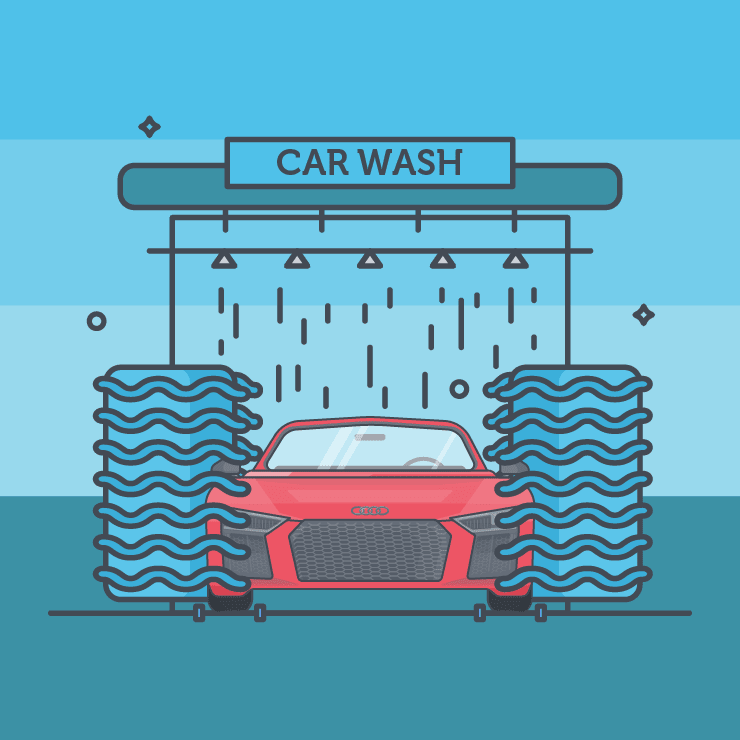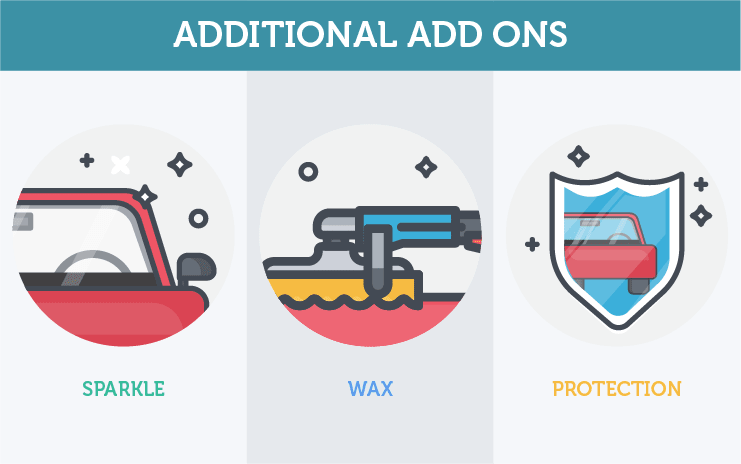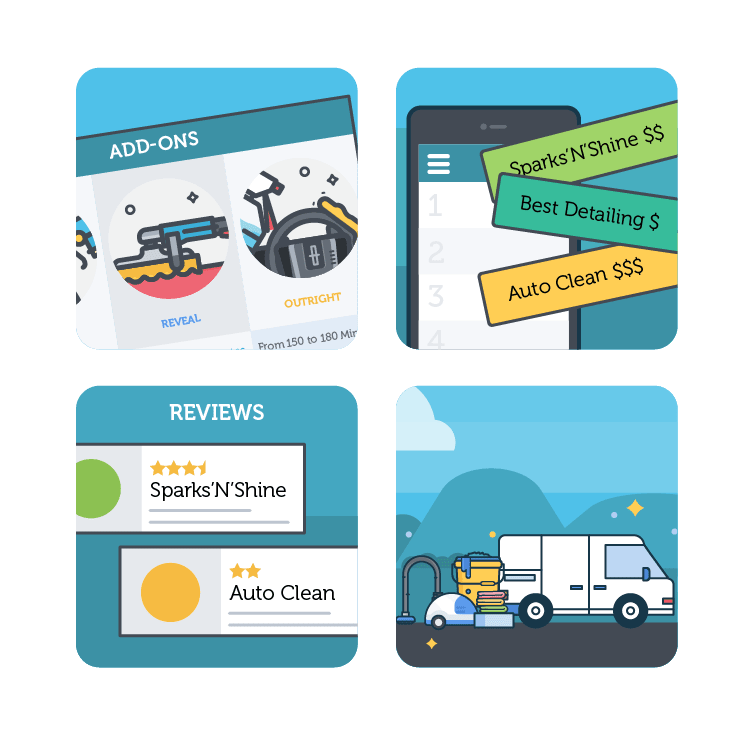33SHARES
Engine bay detailing refers to the process of removing perhaps thousands of miles’ worth of dust, dirt and grime from the space inside your car where the engine is held.
Although this may seem like a daunting or delicate process, it’s possible to do yourself with a little planning, thought and effort. The result is a clean, beautiful engine bay that looks just like new—as well as a vehicle that functions more reliably and has a higher resale value.
TABLE OF CONTENTS
I. The Importance of Cleaning your Engine Bay
II. Our Step-by-Step Guide to Detailing your Engine Bay
III. The 4 Best Degreasers for Detailing your Engine Bay
IV. How Often to Clean your Engine Bay
I. The Importance of Cleaning your Engine Bay
People often miss the importance of cleaning the engine bay of their cars, in part because it’s not the first thing you see when you look at a vehicle. In fact, most people never see it at all—so undoubtedly there are plenty of beautifully cleaned, polished and waxed cars on the road that are hiding terribly grimy engine bays. However, the engine bay gets dirty really fast.

Cleaning it makes sure that grease and dirt don’t accumulate within or surrounding components that are essential to the function of your car. Dirt tends to cause degradation of components over time—the pulleys and bearings especially are damaged by grit and grease accumulation.
The other benefit of cleaning your engine bay is that it allows you to get a better understanding of what’s there and keep an eye on any problems that may arise over time, which dirt and grime can hide. If you catch any leaks, corrosion, etc. early, you might be able to save lots of money by preventing worsening issues later on.
Additionally, a clean engine bay helps maintain your vehicle’s resale value, as it is indicative of a well-maintained automobile overall.
Note: Although this process is generally quite straightforward, you will definitely want to take extra precautions if your car is from the 1990s or any older. The particular concern is that although most of the time, electrical components are protected if they’re hit with a high-pressure flow of water it can get inside and cause problems.
So it’s a good idea to cover parts like your car’s alternator, fuse box, air intake, electrical connections/plugs, and battery terminals—plastic shrink wrap/cling film is a great choice for this kind of protection.
Note that this is not an exhaustive list of precautions you should take when detailing your engine bay. And when in doubt, ALWAYS seek the guidance of a professional for your own safety and that of your beloved vehicle!
II. Our Step-by-Step Guide to Detailing your Engine Bay
Ready to get started?
Here’s our list of 10 straightforward steps to keeping your engine bay spotless and beautiful:
1. Gather your materials
These will include, but are not necessarily limited to:
- Engine degreaser
- Water hose
- Plastic bags/plastic shrink wrap
- Bucket
- Drip pan
- Car wash mitt
- Wash brush
- Car wash soap
- Absorbent pads
- Terry and microfiber cloth towels
- Plastic cleaner
- Metal cleaner/polish
2. Give the engine bay an initial hose-down

This is an important step just to get rid of a lot of the dirt that’s on there and help the degreaser spread further.
Be sure to do this once the engine is cool—it doesn’t have to be entirely cold, but you should leave the hood up for at least an hour before you start the process.
While you’re waiting, put down some drip pans and absorbent pads so that the chemicals you’re using don’t get everywhere.
3. Protect parts from water
Cover the battery with plastic (a bag or shrink wrap). You may also want to cover the alternator, carburetor, and distributor. This will depend on what kind of car you have—whether it’s a classic or modern car, for one.
Make sure you don’t spray too much water around the fuse box and coil packs if you’ve got a modern car.
4. Add the degreaser

You’ll want to use degreaser rather than standard soap because it cuts through the oil (hence the name “degreaser”).
Apply liberally in the oiliest areas such as the oil pan and starter. Typically you will want to allow the degreaser to sit for several minutes so that it acts on the grease effectively.
A wash brush will also help get things clean, and the soft bristles won’t create any worrisome scratches.
5. Rinse again and perhaps repeat
Using low water pressure, give it all another rinse. If your engine bay hasn’t been detailed in a very long time, you may have to repeat step 4.
6. Clean again with automotive soap
Fill the bucket with soapy water and, using your car wash mitt, get everything really clean now that the degreaser has removed the worst of the oil.
7. Rinse again
Once again, use low pressure to rinse everything. Then remove the plastic bags or cling wrap from the components you were protecting, since there won’t be any more big splashes of water.
8. Polish plastic and metal parts

Polish plastic parts with plastic cleaner, applying the cleaner with your terry cloths and then removing it with the microfiber cloth. This will help to remove small scratches. And then use metal polish as the particular product’s instructions describe (they may all be different).
9. Dry things out
Use a leaf blower or pressurized air to blow out the extra water in your engine bay. Then start your engine until it reaches the typical temperature of operation.
If you turn on your car’s AC, the compressor will run as well. Do this for about five minutes so that all the now-clean components dry.
10. Optional: apply your engine dressing
This isn’t strictly required, but a spray-on engine dressing once the engine has cooled can make it look especially great. It adds shine and will round out the process of making your engine bay look absolutely as good as new.
Enjoy a car that’s now beautiful on the inside as well as the outside!
III. The 4 Best Degreasers for Detailing your Engine Bay

Choosing the right product can make this whole process a lot easier and more effective. Here are some of the best degreasers on the market:
1. Gunk EB1 Engine Degreaser
This product has been produced by a family-owned company in Charlotte, NC for 55 years. There’s a reason it’s been out there for such a long time—it’s extremely effective. It’s also cheap, but bear in mind that it smells pretty bad!
2. Meguiar’s D10801 Super Degreaser
Looking for something that doesn’t stink and—dare I say—even offers a pleasant herbal aroma? This is your pick! It’s also very effective and is super easy to use. It leaves no unsightly white residue, either, which is a major positive for this kind of product.
3. Chemical Guys Signature Series Orange Degreaser
This citrus-based formula works well on engines as well as tires, rims, tools, machinery, and other items—so it’s definitely multipurpose. It’s highly concentrated, and quickly and easily emulsifies grease, oil, dirt and grime.
4. Simple Green 19128 Crystal Industrial Cleaner/Degreaser
This is a non-toxic product that’s also unscented, fragrance-free and biodegradable. It’s a more eco-friendly option than most others, which will appeal to many. It’s all-purpose so works great for a multitude of applications. No added colors or fragrance mean it’s especially rinsable and leaves a clean, fresh finish.
IV. How Often to Clean your Engine Bay
It really depends on your circumstances—where you live, what the weather’s like, and so forth.
In general, for those who live in locations with low snowfall and low dust levels, cleaning just one or two times per year will suffice. However, drivers living in areas with harsher weather conditions (particularly locations with lots of rain, snow, and dust exposure) will want to clean their engine bay as often as every two or three months in the winter.
Otherwise, if you’re not sure how often to wash it, just check every now and then and clean it whenever it seems like the engine bay is getting dirty.
Conclusion
Now you know that the process of detailing your engine bay is not only possible, but even pretty easy, and certainly a good idea to do on a regular basis.
It will keep your car in top-notch condition, allowing it to cool more efficiently and preventing damage to components while also letting you get to know and keep an eye on your engine bay in case any issues arise.
Plus, should you ever decide to sell your vehicle, the resale value will be improved by a clean engine bay, which tells buyers the car has been extremely well-cared for.
Don’t be that person whose car looks spotless on the outside while it’s a total mess inside.
Buy a high-quality degreaser, gather up the rest of your needed materials and make sure your car is spotless inside and out.









